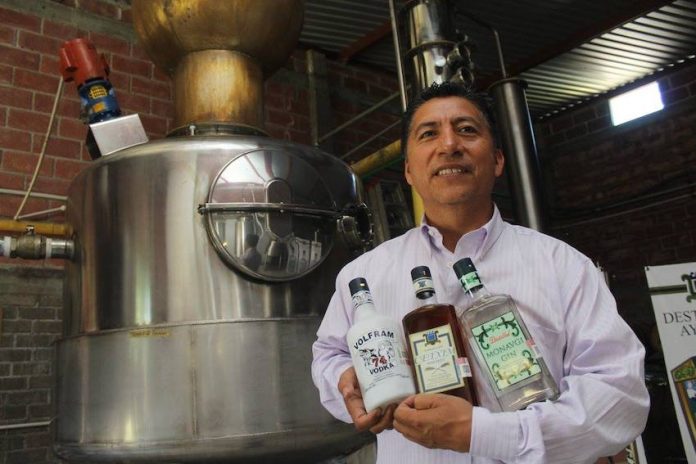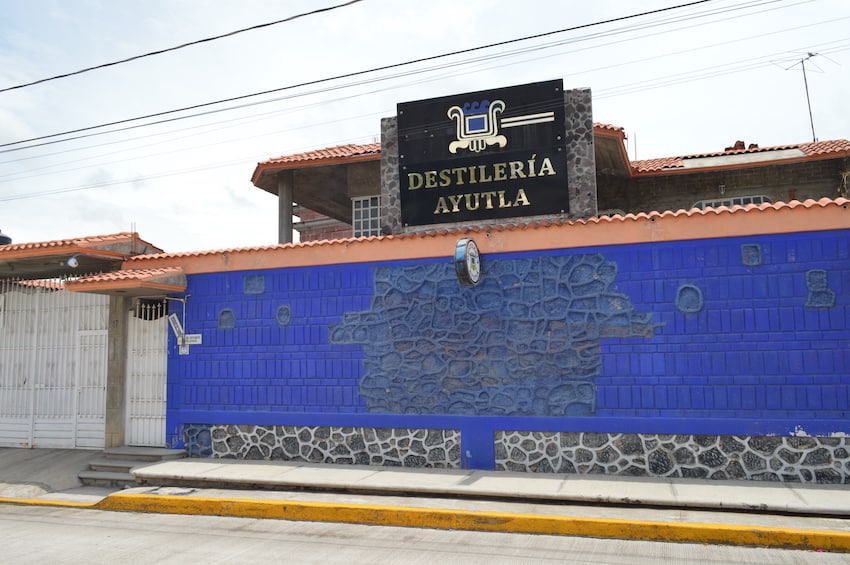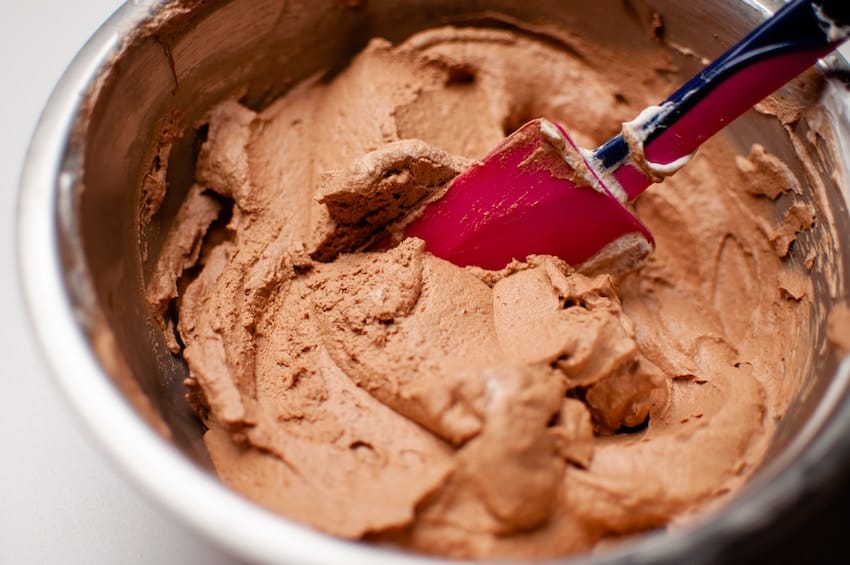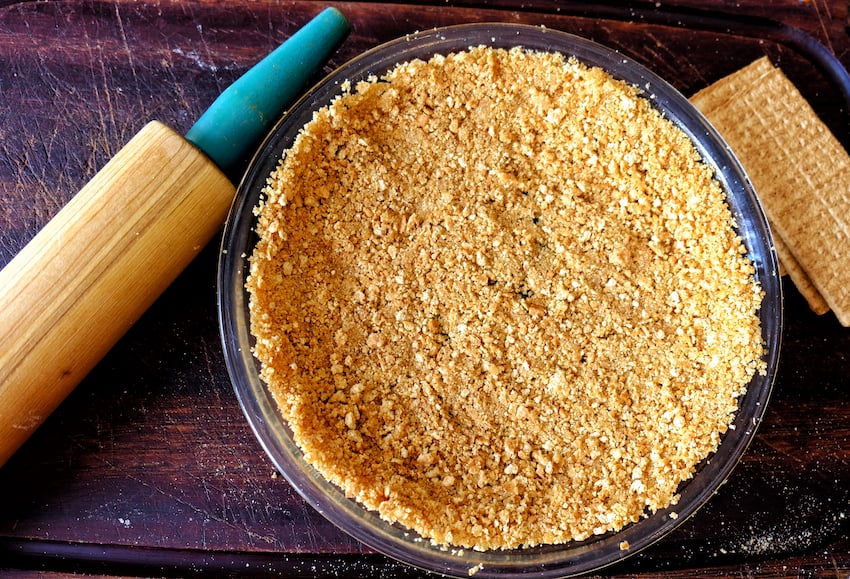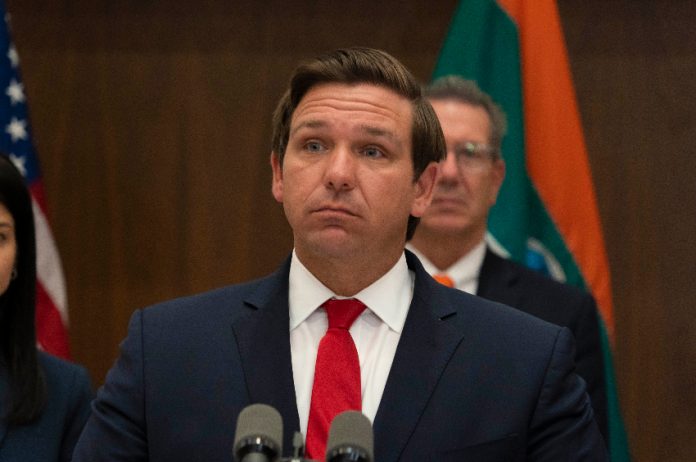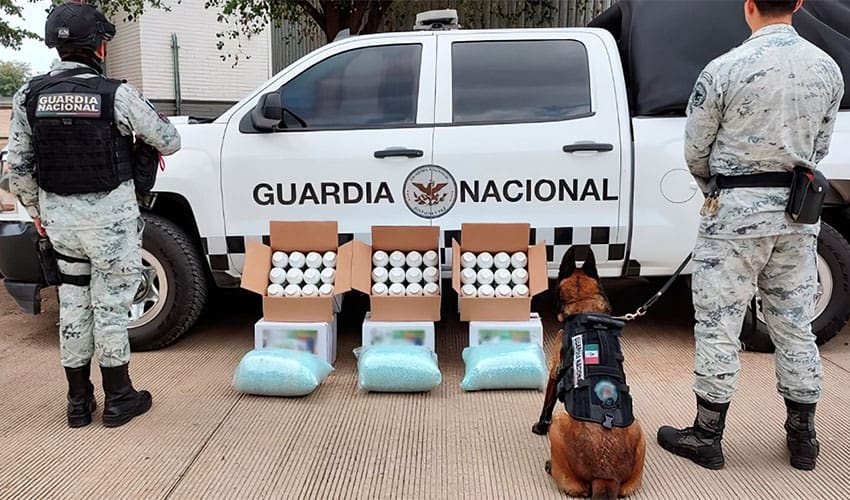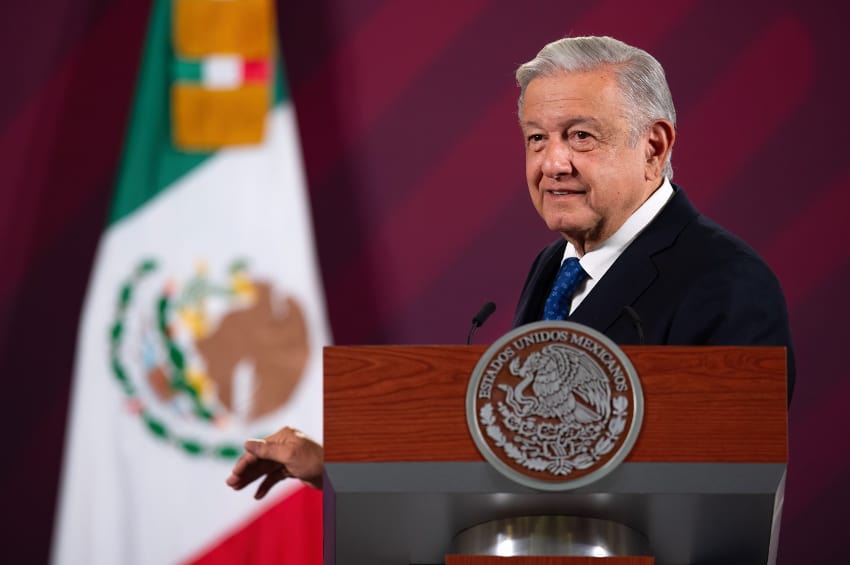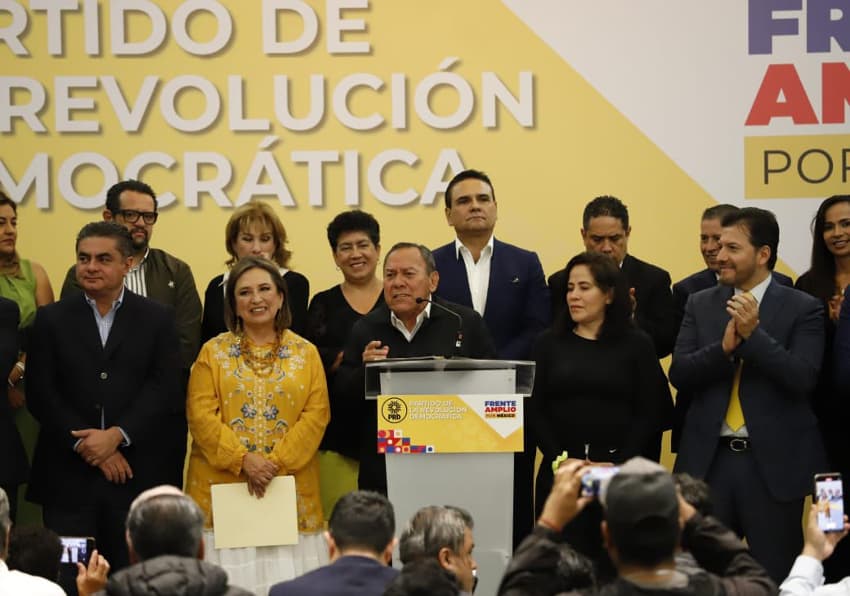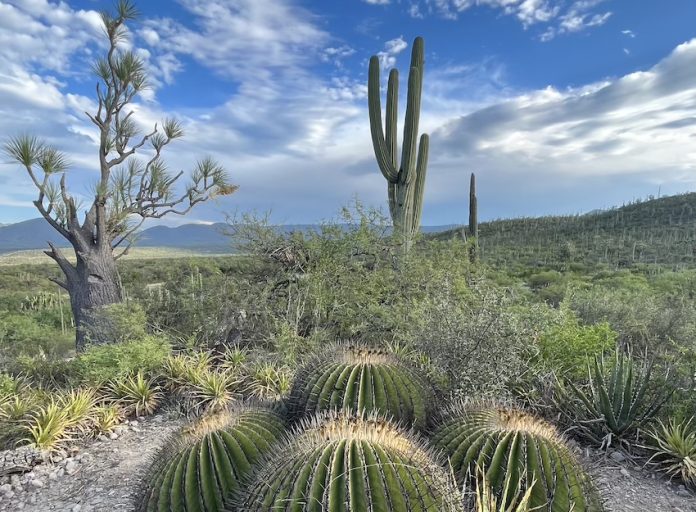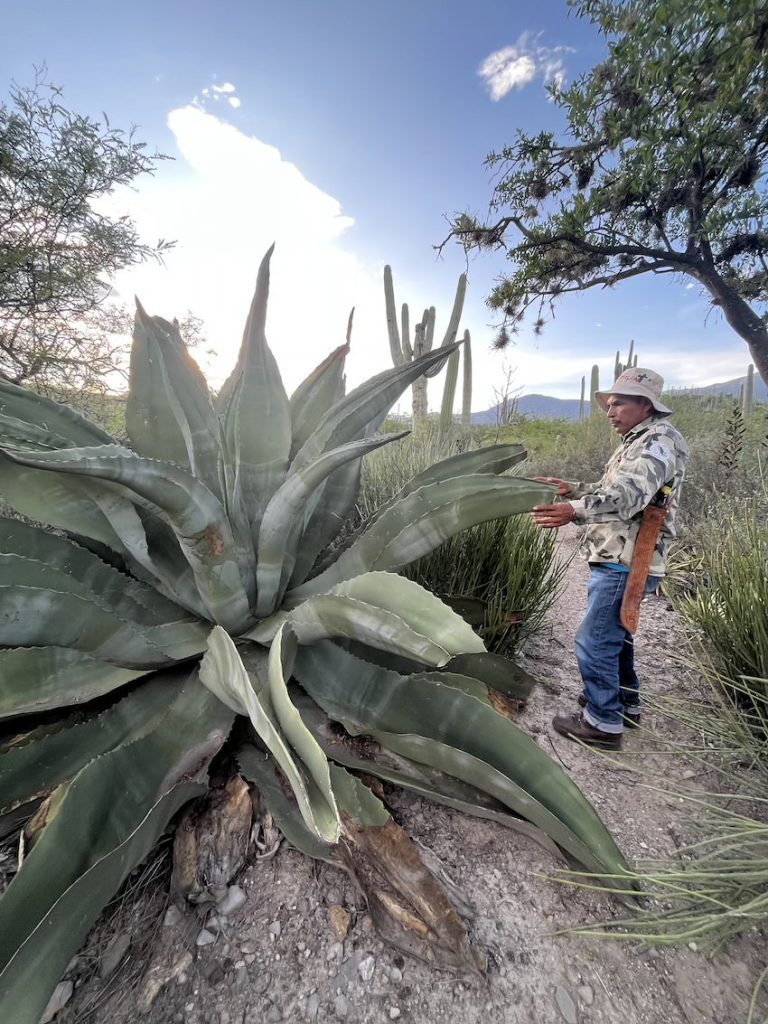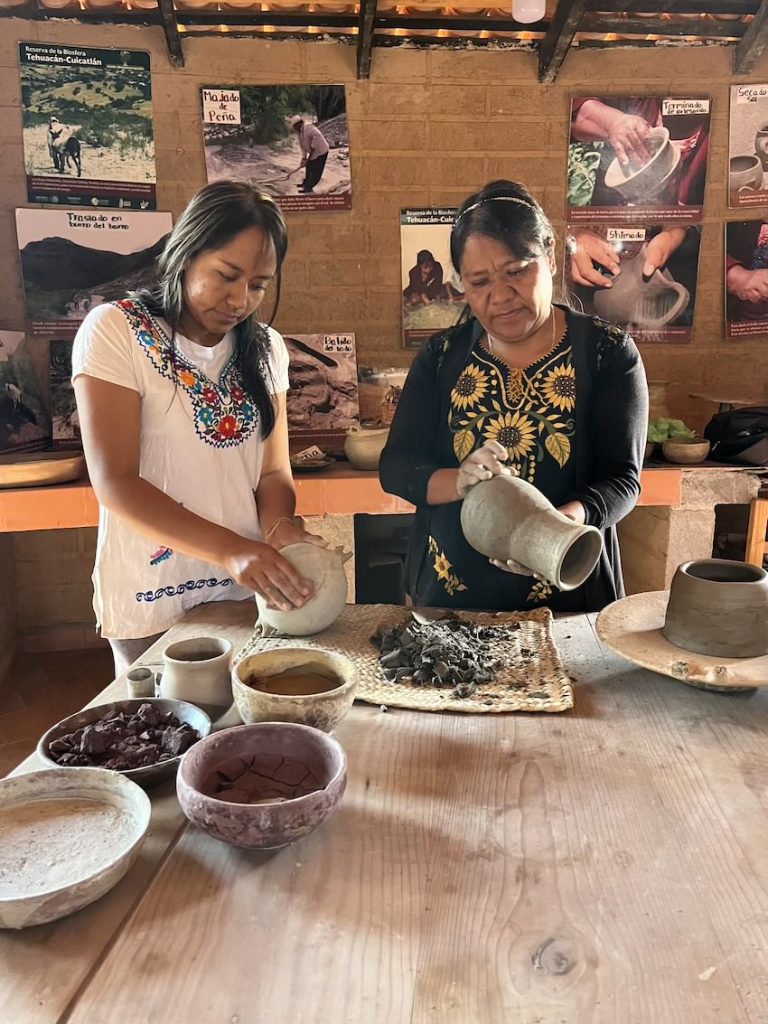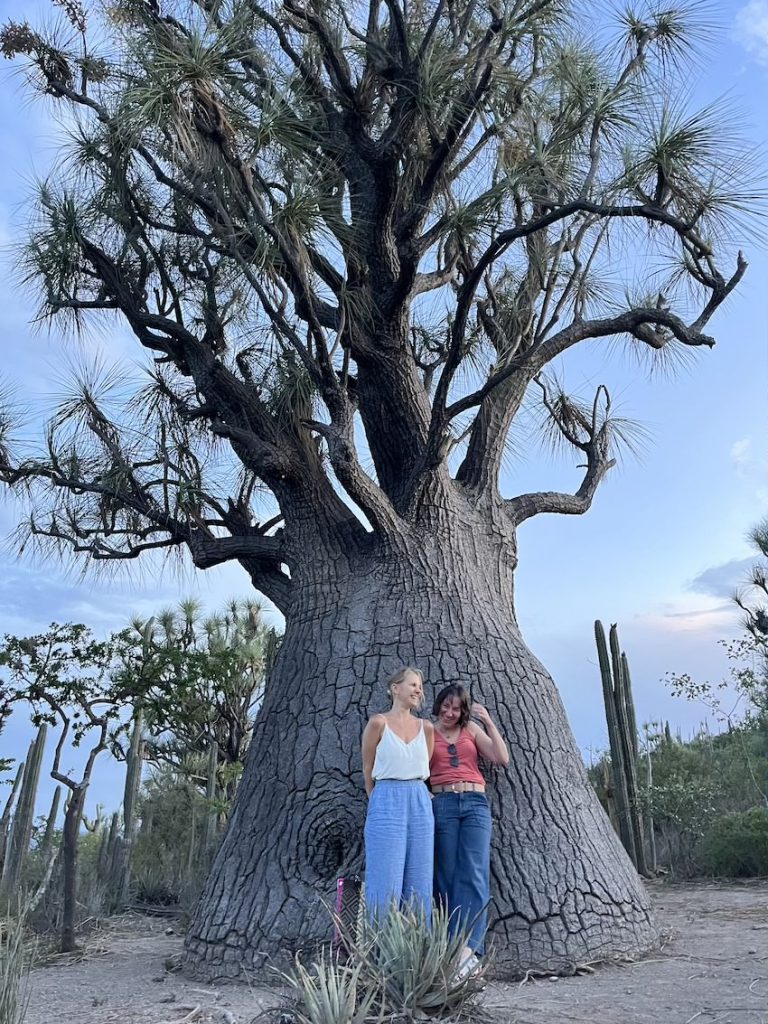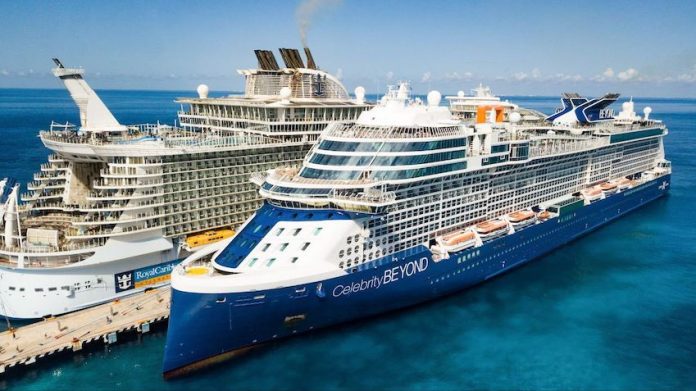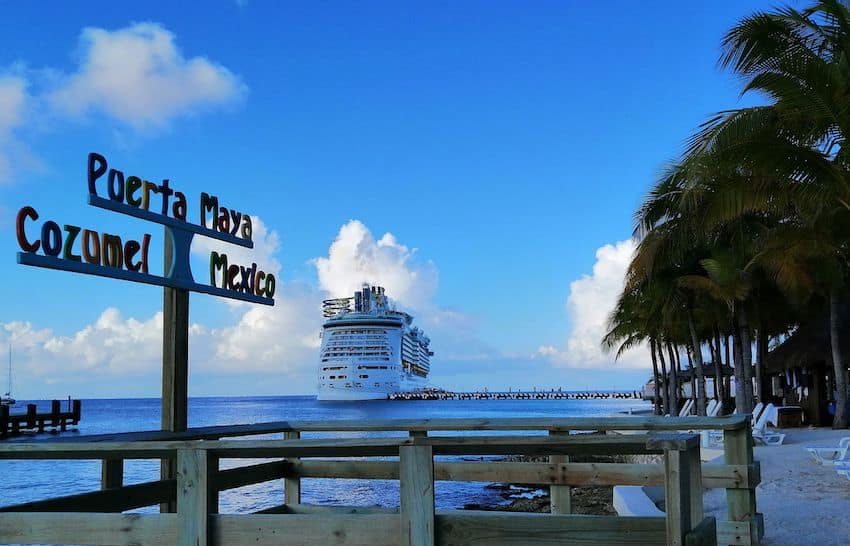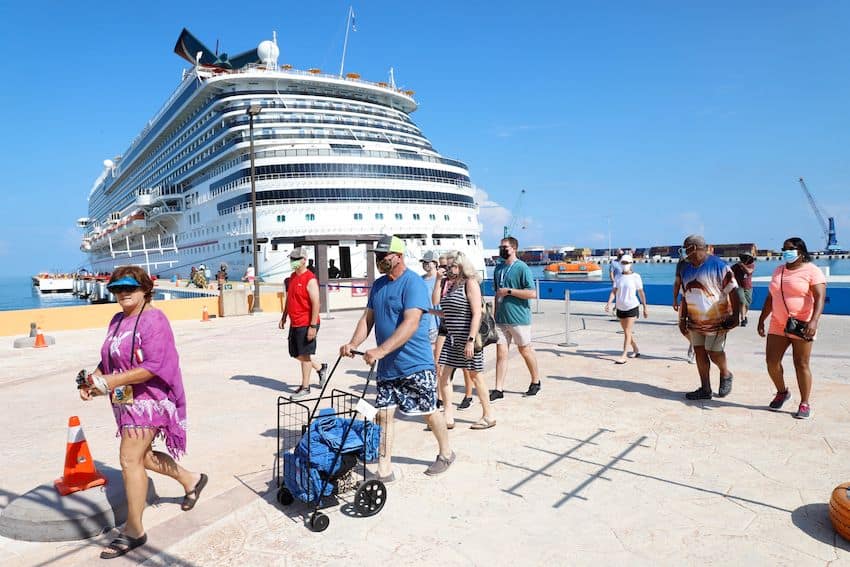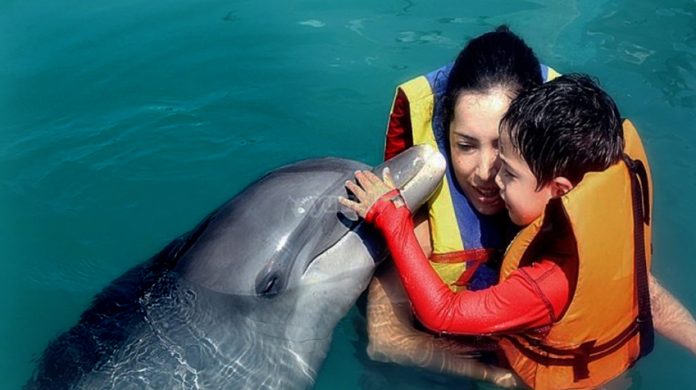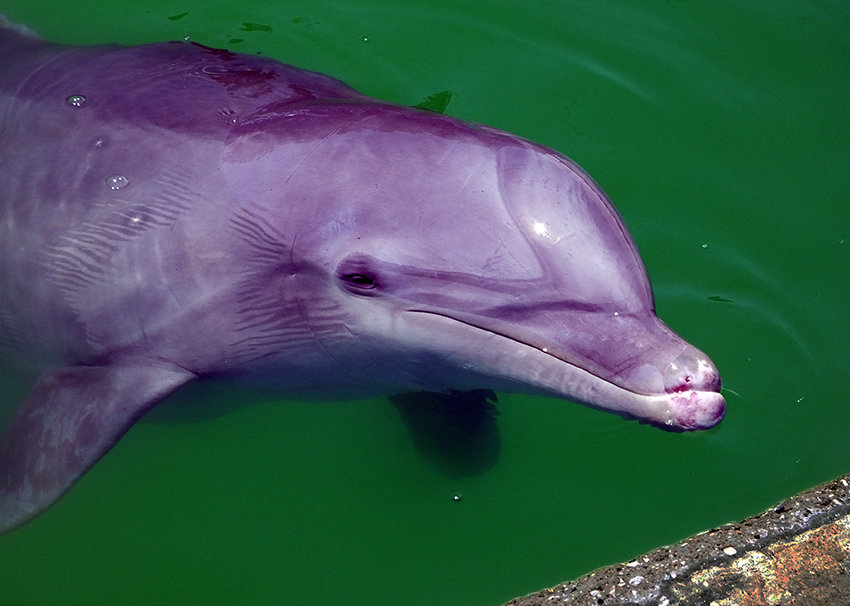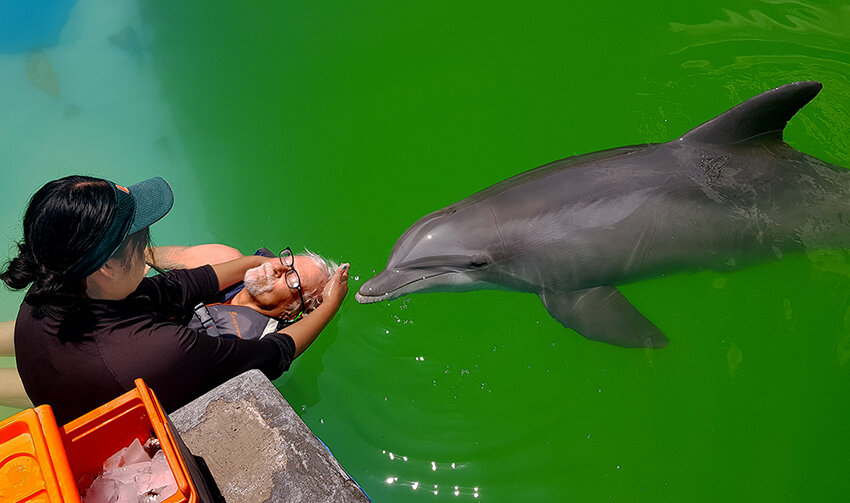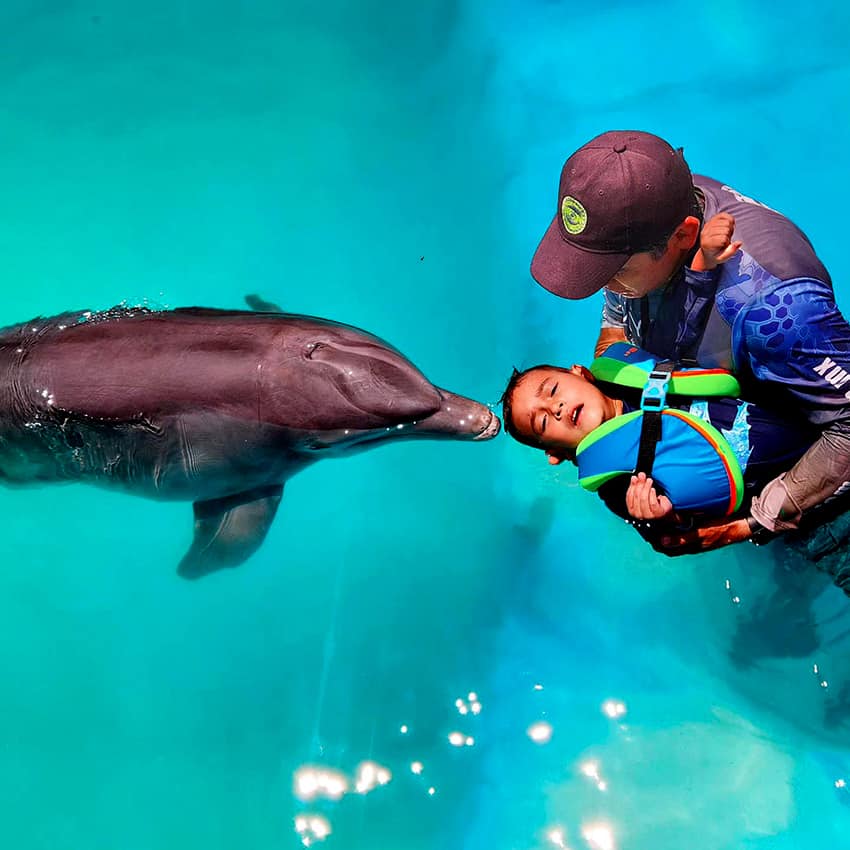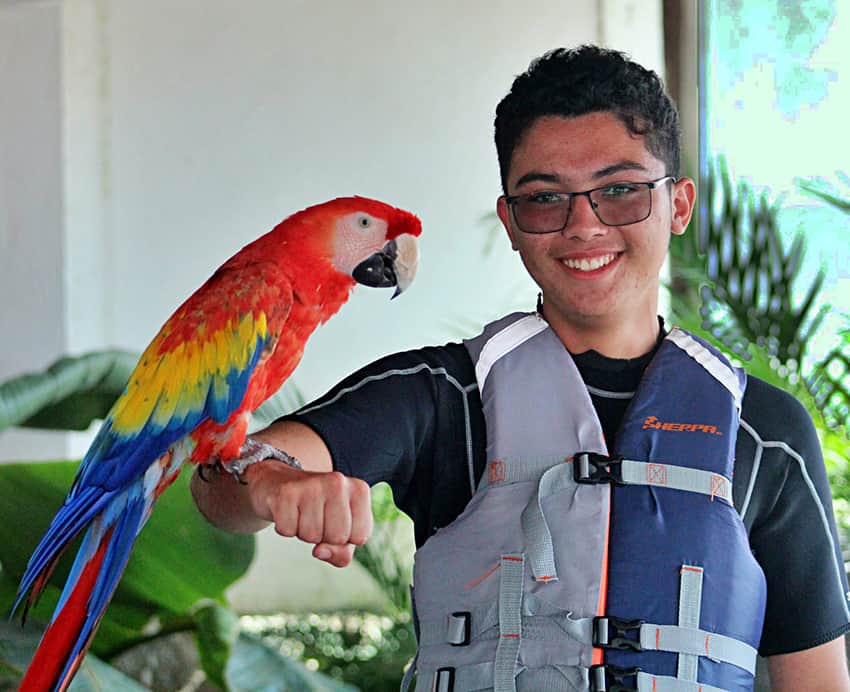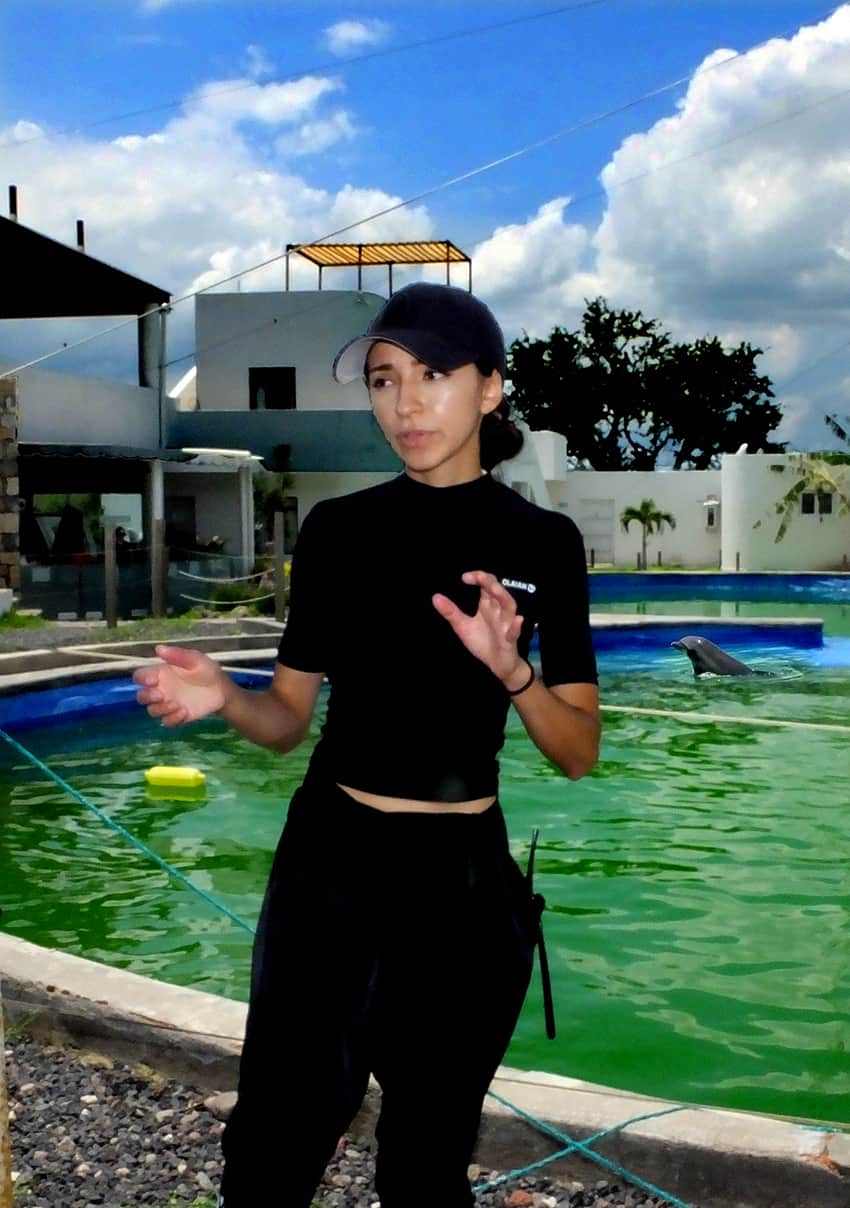Last Sunday’s presidential election in Guatemala, the failure of the Supreme Court to issue a ruling in a case involving alleged tax evasion and the resignation of the head of the National Search Commission were among the topics President López Obrador addressed at his morning press conferences, or mañaneras, this week.
AMLO started his week of pressers as per usual in the National Palace, but ended it in the balmy climes of Acapulco, where the health of the city’s picturesque Pacific coast bay was discussed.
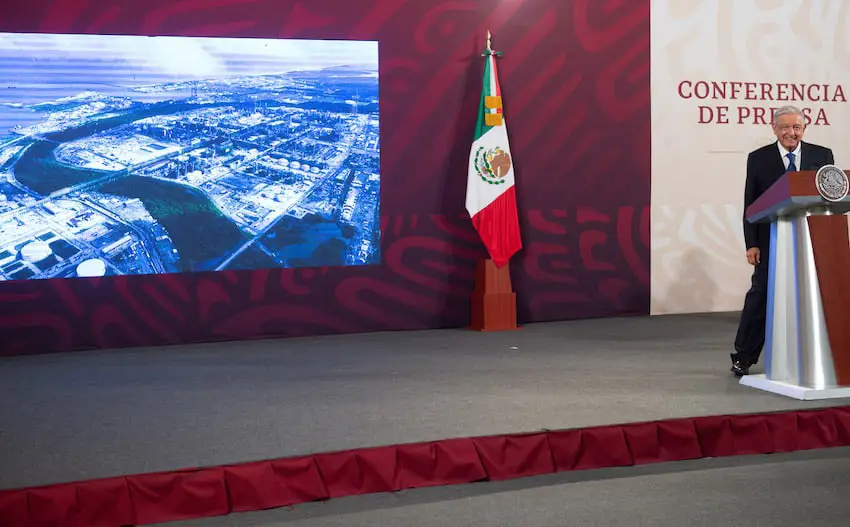
López Obrador will be back on the coast next Friday, but on the other side of the country in Campeche, where he will present his fifth annual informe (report) in a State of the Union-style address. Brief video clips in which AMLO promotes his quinto informe appeared on the federal government’s official YouTube channel on Friday.
Monday
“They’re within their rights to protest, we’re free,” López Obrador said when a reporter asked his opinion about the burning of the government’s controversial school textbooks by a group of parents in Chiapas and a citizens’ protest against the books in Aguascalientes.
However, if they’re protesting because they believe that the books indoctrinate and “inject the virus of communism,” they’re wrong, AMLO said.
“They’re completely misinformed and manipulated,” he said before blaming opposition political leaders and “conservative bloc” business people for the alleged manipulation.
“They use all these lies to deceive – to try to deceive because a lot of people don’t believe them,” López Obrador said.
Later in his press conference, AMLO described the victory of Bernardo Arévalo in last Sunday’s runoff presidential election in Guatemala as “very good news.”

“I’m very happy because Bernardo Arévalo won the election in Guatemala,” he said, adding that there is ample evidence that the soon-to-be president is a “progressive man, with principles … who will govern for everyone.”
“But I’m sure he’ll give special attention to the poorest people,” López Obrador said of the 64-year-old son of a former Guatemalan president, who ran on an anti-corruption platform.
“Yesterday I spoke with him and we agreed to meet once he’s [officially] president-elect. Of course we have a lot of issues to address so that there is cooperation, so that we can help each other,” he said.
“… I’m sure that Bernardo will seek more cooperation in economic and social matters,” AMLO said.
Returning to domestic issues, López Obrador acknowledged traffic congestion in southern areas of the Veracruz city metropolitan area, but effectively ruled out starting any projects to address the issue during his administration.
“We’re trying not to start projects that won’t be finished [before I leave office],” he said.
“We don’t want to leave projects unfinished,” explained AMLO, who will hand over the presidential sash to his successor on Oct. 1, 2024.
“For example, in the case of Veracruz we’re finishing the widening of the highway to Tampico [in the neighboring state of Tamaulipas]. … In the case of the southeast, we’re committed to finishing the first stage of the link on the isthmus,” he said, referring to the modernization of the train line across the Isthmus of Tehuantepec between the port cities of Salina Cruz, Oaxaca, on the Pacific coast and Coatzacoalcos, Veracruz, on the Gulf coast.
“… I expect that on Sept. 17, which is a Sunday, we’ll be able to take a passenger train in Salina Cruz and get off in Coatzacoalcos,” López Obrador said.
“… We’re already finishing the first stage of the expansion of the two ports. … And the modernization of the highway from the isthmus to [the Veracruz municipality of] Acayucan will be finished. We’re not going to leave anything [incomplete],” he said.
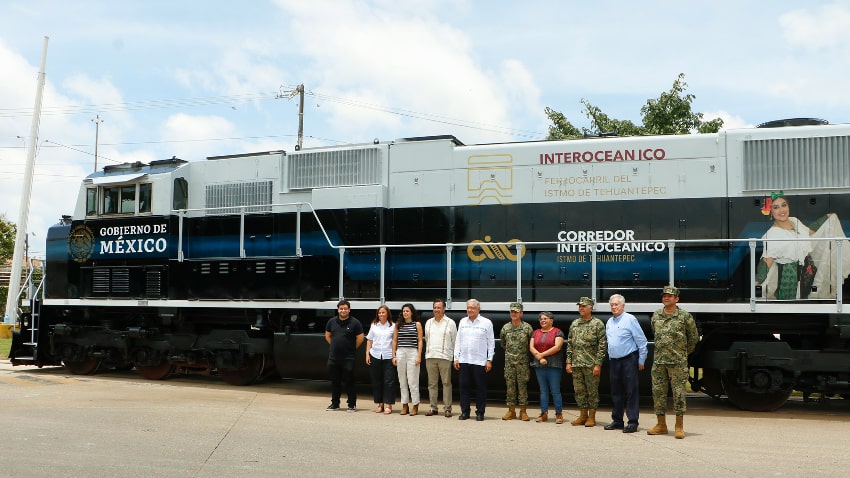
AMLO also pledged that the government’s new universal health care scheme, IMSS-Bienestar, will be “completely established” before he leaves office.
“It will be, I repeat, the best health system in the world,” he asserted.
López Obrador noted there are “some governors that don’t want the system,” but predicted that between 23 and 25 of Mexico’s federal entities will agree to its implementation before his presidency ends.
“The rest will remain with the traditional system managed by state governments,” he said.
Shortly before concluding his first mañanera of the week, AMLO revealed that the director of the Mexican Social Security Institute (IMSS), Zóe Robledo, won’t leave his current position to contest the 2024 gubernatorial election in his native state of Chiapas.
The president said that Robledo told him late last week that he didn’t want to “abandon” IMSS, and wants to fulfill “the commitment we have to establish the IMSS-Bienestar system and guarantee people’s right to health care.”
“I gave him a hug because one has to know where he or she is most useful in the process of transformation,” AMLO said. You don’t fight for positions, you fight for principles [and] ideals.”
Tuesday
Federal tax prosecutor Félix Arturo Medina Padilla told reporters that the federal government will file a complaint against Supreme Court Justice Luis María Aguilar Morales for alleged negligence in a case involving an unnamed large company with a tax debt of over 25 billion pesos.
“This company, abusing its large corporate structure, has used a range of legal strategies to challenge and delay the issuance of a sentence that forces it to pay the taxes,” he said.
During the past eight months, Aguilar has been “negligent” because he hasn’t issued a ruling on the matter, Medina said.
“Improperly delaying the resolution of the matter not only violates the federal constitution, it goes against the very nature of the Supreme Court, which must impart justice,” he said, adding that that Aguilar’s conduct also has a negative impact on “the resources of all Mexicans.”
“… This kind of selective conduct … must be eradicated from our nation for the benefit of all Mexicans,” Medina said.
Later in the press conference, National Defense Minister Luis Cresencio Sandoval reported that authorities have seized 2,803 improvised explosive devices (IEDs) since the current government took office in late 2018, including some that had already detonated.

“These devices have been seized in 22 states,” he said, adding that Michoacán ranked first for confiscations followed by Guanajuato, Jalisco and Chiapas.
“On land, 2,186 [IEDs] have been identified, 12 were in vehicles and 605 were on drones. … Those that exploded injured 77 people – 24 military personnel, 10 National Guard officers, 31 police and 12 civilians who belong to [organized crime] groups,” Sandoval said.
“All these explosive devices are homemade using tutorials found on the internet. The explosive material is gunpowder, common gunpowder that you can get in the market,” he said, adding that the majority of the artisanal bombs fail to explode.
Security Minister Rosa Icela Rodríguez subsequently presented data that showed there were 2,462 homicides in July, a 3% decline compared to June. There were 17,589 homicides in the first seven months of the year for an average of 83 per day, according to data displayed by Rodríguez.
She noted that 47.8% of the murders between January and July were committed in just six states: Guanajuato, México state, Baja California, Jalisco, Chihuahua and Michoacán.
Having taken center stage to respond to reporters’ questions, López Obrador also railed against Justice Aguilar for failing to deliver a ruling in the company tax debt case.
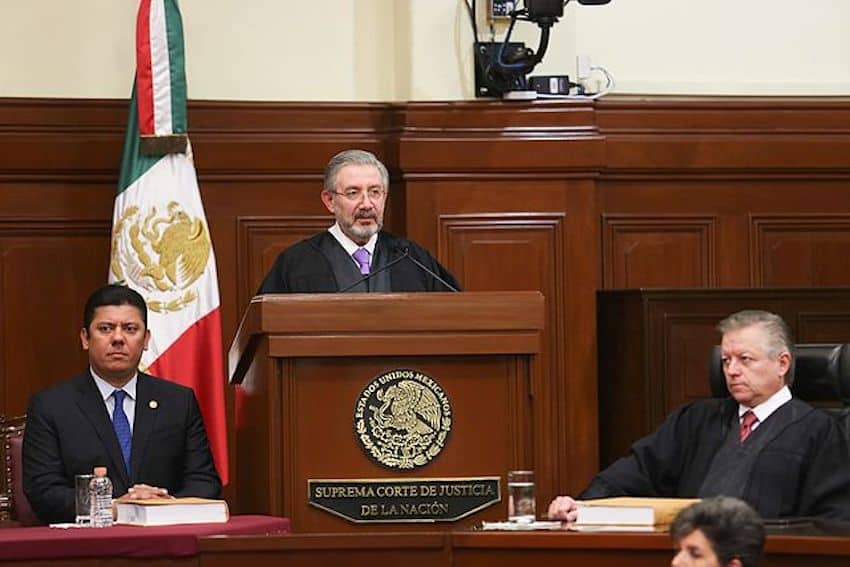
“Twenty-five billon pesos are involved – the budget of a state of the republic! It could be the budget of Baja California Sur, Tlaxcala, Zacatecas, Campeche, but he doesn’t rule [on the case]. … Where’s the prompt and expeditious justice?” he said, before noting that Aguilar had ruled in favor of suspending the distribution of government textbooks in Coahuila.
“There is prompt and expeditious justice [in that case] because it’s against us,” said AMLO, who frequently criticizes the judiciary.
“… I’m not saying that the judges have to side with the government in order to recover that [unpaid tax] money [but] I am proposing that [the case] be resolved in accordance with the law,” he said.
López Obrador said that the complaint against Aguilar would be filed with the Federal Judiciary Council, but Interior Minister Luisa María Alcalde interrupted to correct him, saying that it will in fact be presented to the Supreme Court and “the justices themselves” will assess it.
AMLO turned his focus to the Maya Train when a reporter remarked that small-scale tourism operators and other residents of the states through which the railroad will run had doubts about whether they would in fact benefit from the project, as the government has said they will.
The president noted that Quintana Roo Governor Mara Lezama recently attended his press conference and said that communities outside tourism hubs would benefit from the project because Maya Train passengers will visit them and stay there.
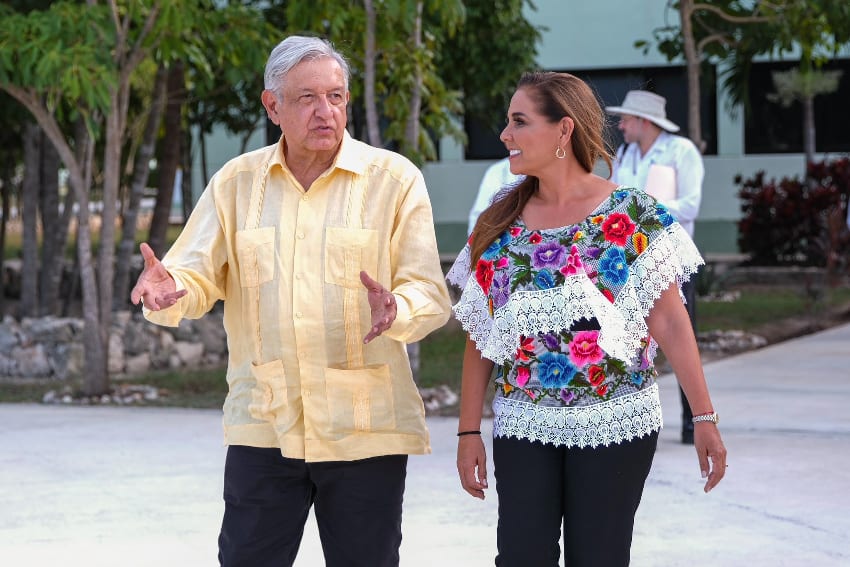
Tourists will stay in the “homes of campesino families, get to know what life is like in the indigenous communities and they can purchase crafts … and enjoy the succulent food of the Yucatán Peninsula,” López Obrador said.
Outside Quintana Roo, Environment Minister María Luisa Albores is working on projects that will benefit honey producers, among others, he said.
López Obrador said he was confident that the Maya Train, which is scheduled to begin operations in December, would “help the people a lot because tourism will increase” in the south of Quintana Roo and in the states of Campeche, Yucatán, Chiapas and Tabasco.
Wednesday
During her weekly “Who’s Who in the Lies of the Week” segment, Ana García Vilchis took aim at a Reforma newspaper article, asserting that reporting that a former soldier planned and took part in a 2019 robbery at the Casa de Moneda de México – the national mint – was false.
The Ministry of National Defense has no record of a person with the name mentioned in the Reforma report having been a member of the armed forces, García said.
She also condemned journalists who were critical of López Obrador for telling a joke at the end of his Aug. 16 mañanera when he was asked about the presumed murder of five young men in Jalisco.
Their sole aim was to influence public opinion so that citizens would reject the president and his actions, García said.
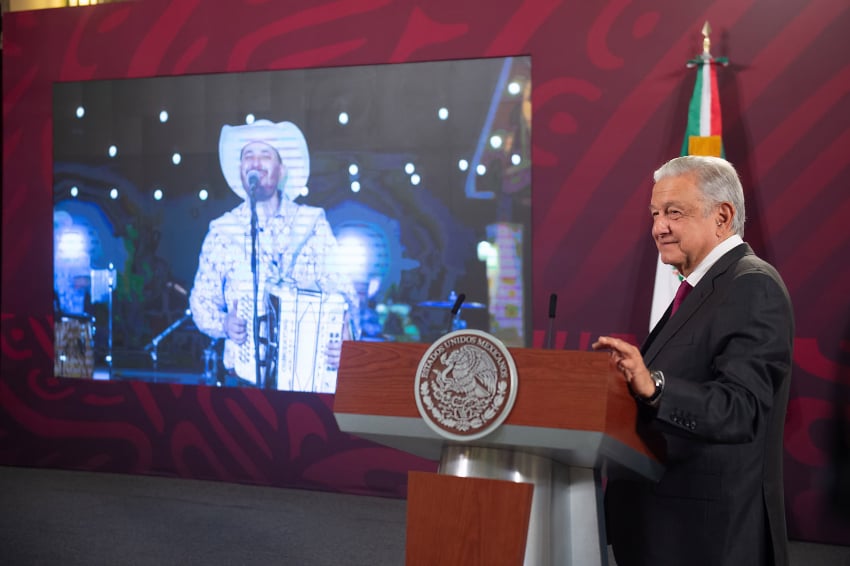
“The President Andrés Manuel López Obrador clarified a day later that it was a campaign of misinformation, a lie,” she said, referring to her boss’s claim that he didn’t hear the questions put to him.
During his Q and A session with reporters, AMLO said that his idea to establish a warehouse with “all the medicines of the world” would become a reality before the end of the year.
“In December we’re going to have a pharmacy here in Mexico City, we’re already working on that. … In that warehouse, in that pharmacy, there will be all medications, all the medicines in the world,” he said.
“If a hospital or health care center reports a shortage of a certain medicine, new stock will be sent out to them and it will arrive within a day,” López Obrador said.
“… We have to get medicines in India, … in China, in France, in Korea, wherever. We’re going to have all medicines. We can do this because … there is no longer corruption,” he said.
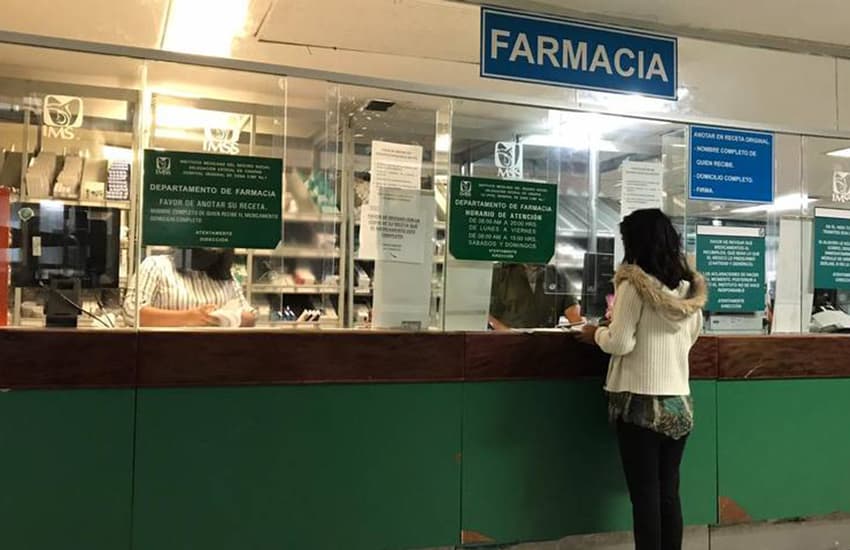
Later in the press conference, a reporter asked the president about the Ministry of National Defense’s plan to lease 10 Boeing aircraft from Texan company Petrus Aviation to launch the new state-owned commercial airline, which will operate under the Mexicana brand.
Each month, the Defense Ministry will have to pay Petrus between US $230,000 and $350,000 per plane, the reporter said before suggesting that the expense was excessive.
“They did an analysis and reached the conclusion that it was the best mechanism,” López Obrador said.
“… What I did was speak to the president of the Boeing Board of Directors and asked him to help us and for them to advise us. I spoke with him by telephone and he has been helping,” AMLO said.
“They don’t lease [planes], but I understand that they recommended this company that is going to lease [the aircraft],” he said.
López Obrador indicated that he believed that the costs of leasing the planes won’t prevent the state-owned airline from being profitable.
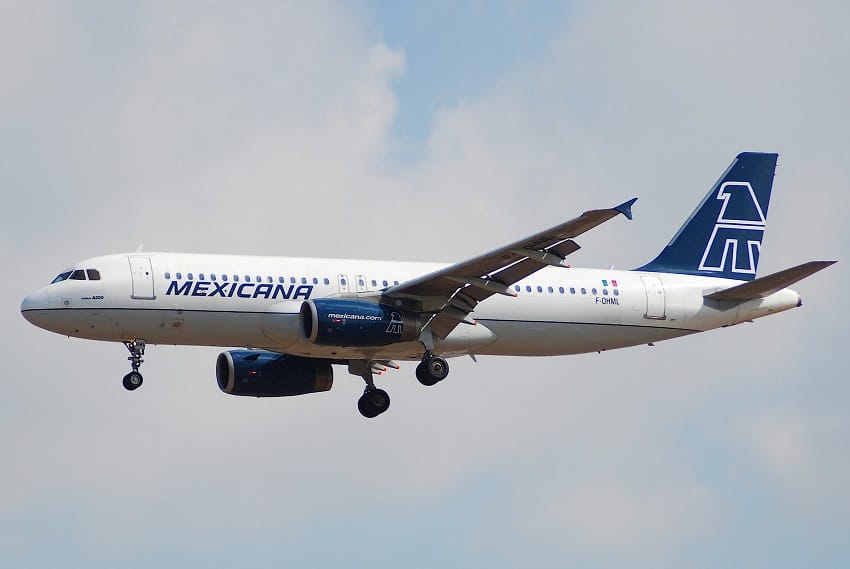
“I feel that we’re going to have reasonable profits because … the tickets are going to cost 18% or 20% less,” he said.
“This airline is going to have a lot of success because when we inaugurate it, which we think will happen in November of this year or December at the latest, one of the main flights will be Mexico City-Tulum,” AMLO said, noting that planes will depart the Felipe Ángeles International Airport north of the capital and arrive at the airport currently under construction in the Quintana Roo tourism destination.
Among other remarks, López Obrador announced that Grupo Frontera, a Texas-based band, will play in Mexico City’s central square, the Zócalo, on Sept. 15, the night on which he will deliver the Grito – the Cry of Independence – from a National Palace balcony.
“These guys,” he said as a clip of the Grupo Frontera song No se va began to play.
Thursday
“Inflation came down, [only] a little bit, but it declined,” AMLO noted not long after the national statistics agency INEGI reported an annual headline rate of 4.67% in the first half of August, down from 4.79% in July.
“This is very good because this means there is less risk of high costs and incomes go further if food and goods cost less,” he said.
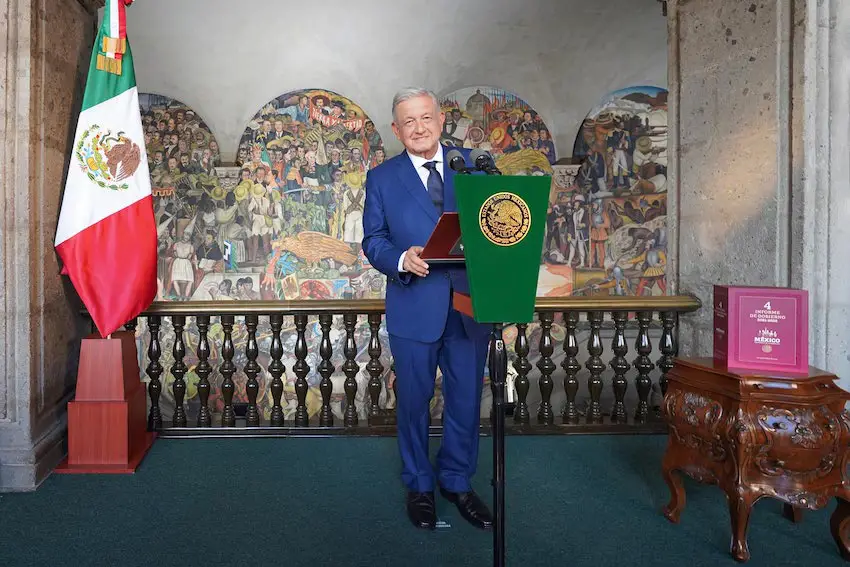
Later in his press conference, López Obrador reminded reporters that he will present his fifth annual report to the nation in Campeche on Sept. 1.
“We’ll have the report in the state of Campeche for the first time because it’s among the most forgotten states,” he said.
AMLO informed reporters that he will travel from Campeche city to Mérida on the Maya Train railroad after delivering his annual address, adding that executives of companies contributing to the construction of the railroad as well as the governors of Campeche, Yucatán and Quintana Roo will accompany him on the “supervision” trip ahead of the scheduled commencement of operations in December.
López Obrador said he will take another “supervision” trip from Mérida to Cancún the following day.
“On Sunday [Sept. 3] in Cancún we’re going to inaugurate the repaving … of the Colosio [Boulevard],” he said, referring to a major road in the Caribbean coast city.
“… And from there we’ll continue, but not on the train. We’ll fly over [the railroad] in helicopter to get to Tulum, oversee the Cancún-Tulum section and the Tulum airport,” López Obrador said.
“The Tulum airport … must already be about 65% finished, we’re going to inaugurate it in December along with the [new state-owned] airline Mexicana,” he said.
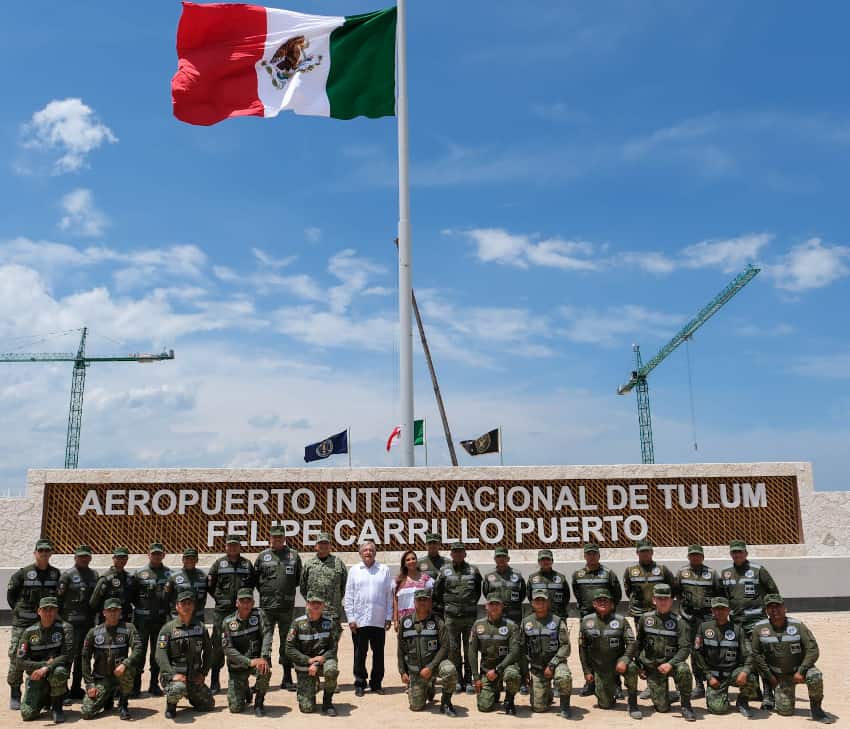
AMLO also outlined his itinerary for his trip to South America next month, during which he will meet with Colombian President Gustavo Petro and Chilean President Gabriel Boric.
“We’re going to leave on Friday Sept. 8 … and we’re going to Colombia, to Cali, I think. The issue is cooperation for development between the two countries, and also the issue of drug trafficking,” he said.
“There’s going to be a meeting beforehand, an analysis about the problem of drug trafficking, the consumption of drugs in Colombia. Experts from various places are going to meet in advance … and will deliver to us, to President Petro and I, their conclusions,” López Obrador said.
He reminded reporters that he will attend a ceremony in Santiago to mark the 50th anniversary of the death of former Chilean president Salvador Allende during the 1973 coup led by General Augusto Pinochet, who would go on to lead the South American nation until 1990.
“It’s said it was a suicide, but in the circumstances I would say it was murder, a despicable crime,” AMLO said.
The president was later asked to assess the performance of National Search Commission chief Karla Quintana, who resigned on Wednesday.
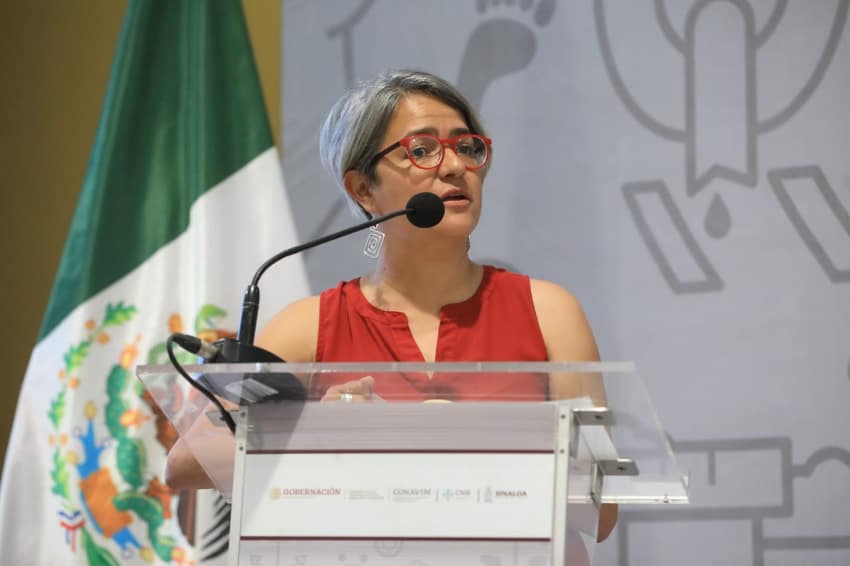
“A lot of progress is being made in the search for missing people,” López Obrador said without offering a direct appraisal of Quintana.
“… Progress has been made and we’re going to continue making progress. She decided to resign, her resignation was accepted and her participation [in the government] during several years was acknowledged,” he said.
It’s not just the Search Commission that is involved in the search for the nation’s missing people – of whom there are over 110,000 in Mexico – but rather the entire government, López Obrador added.
Friday
Dressed down in a guayabera, AMLO presided over his final press conference of the week in Acapulco, Guerrero.
“Acapulco is always Acapulco,” he said at the start of the mañanera.
“As long as the world exists, paraphrasing the Mexicas, the beauty and glory of the port of Acapulco will not end,” López Obrador said.
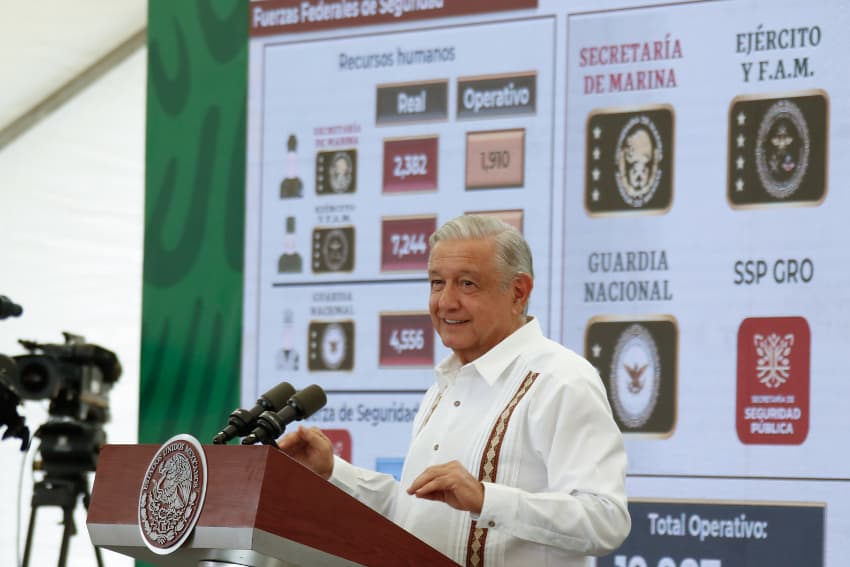
Violence, unfortunately, is another seemingly indomitable aspect of life in Acapulco, which was described by The Washington Post in 2017 as Mexico’s murder capital.
The city has recorded 395 homicides this year, making it the most violent municipality in the state, according to data presented by Navy Minister José Rafael Ojeda Durán.
He told reporters that Guerrero ranks as the eighth most violent state in Mexico for total homicides during the term of the current government. Based on murders per 100,000 people, the state ranks as the ninth most violent of Mexico’s 32 federal entities, Ojeda said.
Governor Evelyn Salgado – who replaced her father (and alleged rapist) Félix Salgado as the ruling Morena party’s gubernatorial candidate at the 2021 state election after he was disqualified – subsequently said that femicide numbers in Guerrero were down 70% in the first seven months of this year compared to the same period of 2018.
“There have been important advances in Guerrero,” she said. “Advances that are, without a doubt, the result of the support the government of Mexico has provided us at all times.”
López Obrador returned to the mañanera lectern to respond to reporters’ questions, but called on Salgado when he received an inquiry about contamination in Acapulco Bay, which has been sullied by discharges of sewage over the years.
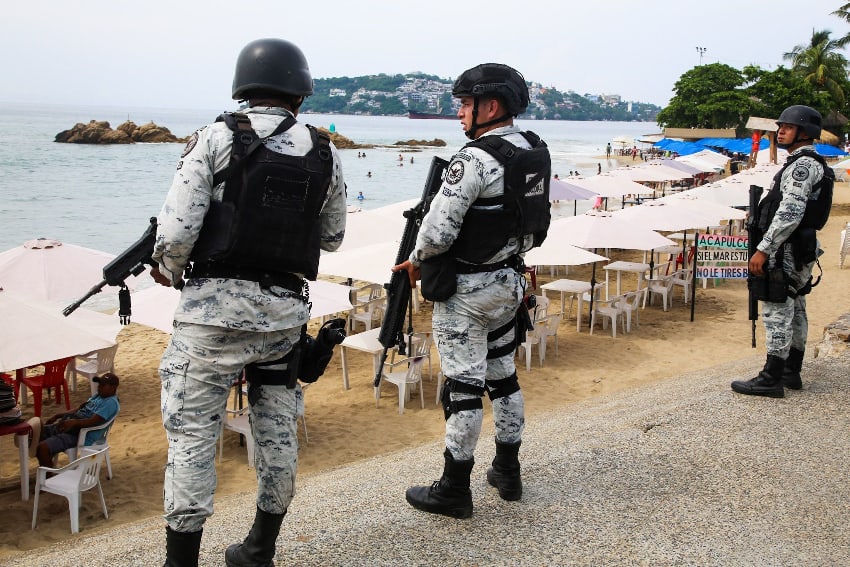
Over 700 million pesos (US $41.8 million) has been allocated to addressing the issue since 2021, the governor said, explaining that the money came from all three levels of government.
Authorities are attending to the problem, but additional “millions” of pesos are needed to “achieve a total clean-up of the bay,” Salgado said.
AMLO added that having pristine water along the Acapulco coast is a “priority” for the federal government. “We’re helping and we’re going to continue helping,” he said.
López Obrador was later asked about recent violence in Nuevo León, where there were at least 11 murders on Wednesday and three bodies were found hanging from a bridge in the municipality of Salinas Victoria on Thursday.
“The situation was analyzed this morning and an investigation is being carried out,” he said.
AMLO disagreed that Governor Samuel García – who described the acts of violence as “isolated” incidents – had “played down” the crimes, as a reported claimed.
“The Nuevo León governor is a good governor. What’s happening is that those from PRIAN in Nuevo León and [the] El Norte [newspaper] are against him,” he said, using a hybrid acronym for the Institutional Revolutionary Party, or PRI, and the National Action Party, or PAN, political allies that are sometimes accused of being one and the same.
In a mañanera with a recurring focus on violence, López Obrador blamed the situation Mexico faces today on the government of former president Felipe Calderón, who he claims won the 2006 election – in which he was runner-up – thanks to fraud.
The Calderón administration – which launched a militarized war against drug cartels shortly after taking office in late 2006 – “got us into this spiral of violence,” he said.
“He stupidly took a whack at the hornet’s nest, there was no diagnosis [of the situation], they didn’t have programs to attend to young people, they never addressed the causes [of crime],” AMLO said.
“And not just that, the worst thing was that the person in charge of security was involved with one of the [criminal] groups,” he said, referring to former security minister Genaro García Luna, who a U.S. jury found guilty of collusion with the Sinaloa Cartel.
López Obrador ended his week of press conferences with another attack on Justice Aguilar for his failure to issue a ruling on the company that is said to have a monumental tax debt.
“Do you know how long he’s had a 25-billion-peso file? … Eight months and he hasn’t ruled on it. And he asked for that file to be given to him,” he said.
“… So I ask the chief justice and the justice, when are you going to rule one way or the other?”
By Mexico News Daily chief staff writer Peter Davies ([email protected])

